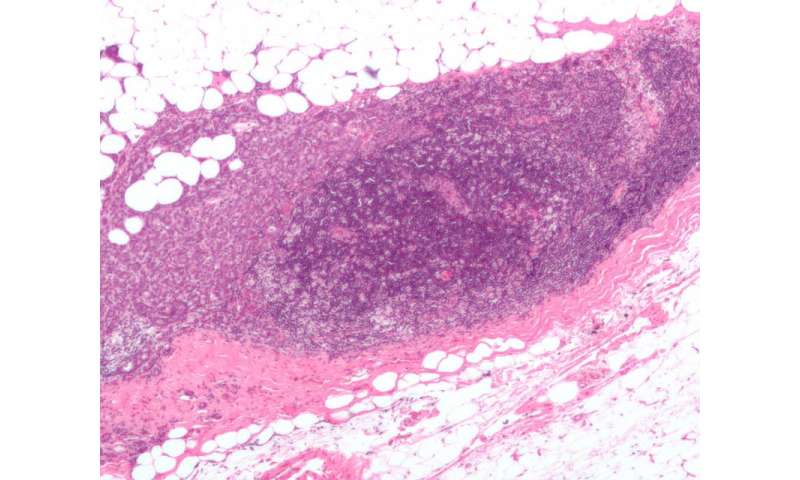Study provides insights on treatment and prognosis of male breast cancer

A recent analysis reveals that treatment of male breast cancer has evolved over the years. In addition, certain patient-, tumor-, and treatment-related factors are linked with better survival. The findings are published early online in CANCER, a peer-reviewed journal of the American Cancer Society.
Male breast cancer (MBC) comprises one percent of all breast cancer cases, yet no prospective randomized clinical trials specifically focused on MBC have been successfully completed. Some studies suggest that the incidence of MBC may be rising, however, and there is an increasing appreciation that the tumor biology of MBC differs from that of female breast cancer.
To examine how MBC has been treated in the United States in recent years, and to identify factors associated with patient prognosis, a team led by Kathryn Ruddy, MD, MPH, and Siddhartha Yadav, MBBS, at Mayo Clinic in Rochester, analyzed information from the National Cancer Database on men diagnosed with stage I-III breast cancer between 2004 and 2014.
A total of 10,873 patients with MBC were included, with a median age at diagnosis of 64 years. Breast-conserving surgery was performed in 24 percent of patients, and 70 percent of patients undergoing breast conservation received radiation. Forty-four percent of patients received chemotherapy, and 62 percent of patients whose tumors expressed the estrogen receptor received anti-estrogen therapy. During the study period, there was a significant increase in the rates of total mastectomy, contralateral prophylactic mastectomy, and post-breast conservation radiation, as well as an increase in the rate of genomic testing on tumors and the use of anti-estrogen therapy. Tamoxifen is the standard anti-estrogen medication recommended for treatment of hormonally sensitive MBC, but this study was not able to assess specific medications used.
Factors associated with worse overall survival were older age, black race, multiple comorbidities, high tumor grade and stage, and undergoing total mastectomy. Residing in higher income areas; having tumors that express the progesterone receptor; and receiving chemotherapy, radiation, and anti-estrogen therapy were associated with better overall survival.
Source: Read Full Article


